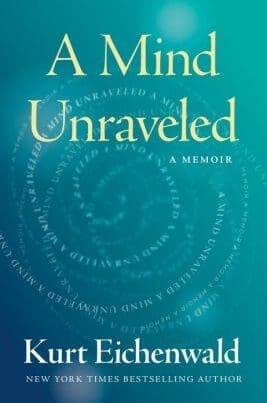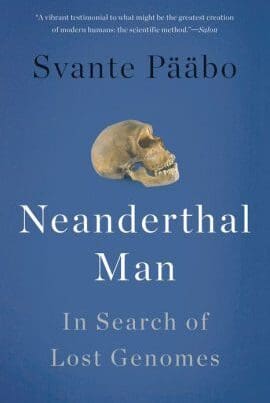It seems that many of the people currently walking this earth are part Neanderthal. This mind-boggling discovery is the result of groundbreaking genetic work by Svante Pääbo of Max Planck Institute who chronicles his path to discovery in “Neanderthal Man: In Search of Lost Genomes”.
From an early age, Pääbo became interested in ancient peoples, and began by studying Egyptian mummies. As a PhD student, he worked to decode the DNA of extinct mammals and, by 1993, had been asked to examine the DNA of Oetzi, the 5,000 year old Ice Man found in the Alps. In the process, Pääbo gained experience in minimizing, then eliminating modern DNA contamination from his results.
Pääbo feels a deep sense of responsibility to study evolution, and is determined to undertake the monumental task of “illuminating human history” by trying to extract DNA from ancient Neanderthals. He tests and studies the DNA of cave bear fossils found in the same locations as Neanderthal bones so he and his team can learn what cave environments are most likely to preserve ancient DNA.
Working from this information, Pääbo’s team finds and extracts DNA from the correct types of Neanderthal bones. He then explains how he arrived at the very first successful genome sequencing of an extinct form of human.
But what does this mean in terms of evolution and did Neanderthals contribute to the DNA of people living today?
Pääbo answers the question with a tale of his scientific breakthrough, which definitively shows that all living Eurasians on the planet today have 1 – 4% Neanderthal DNA. Pääbo’s work is reflected in a quote by anthropology professor John Hawks who says, “These scientists have given an immense gift to humanity. The Neanderthal genome gives us a picture of ourselves, from the outside looking in. We can see, and now learn about, the essential genetic changes that make us human.”


